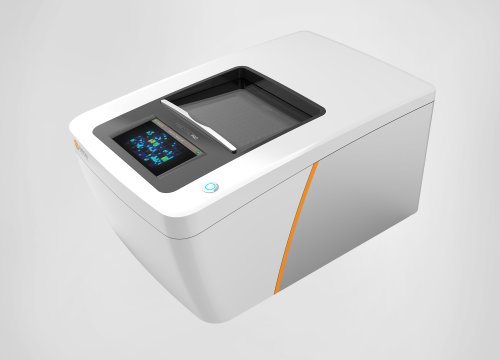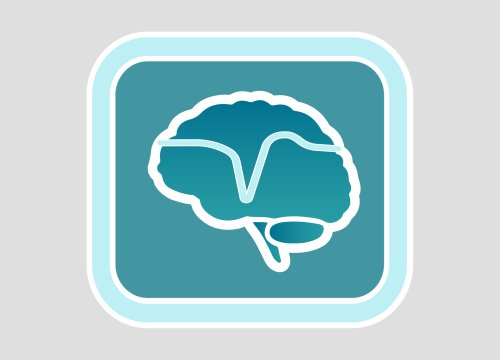Authors: Plumbly W, Patikas N, Field SF, Foskolou S, Metzakopian E
Cell Reports Methods, Volume 2, Issue 11, 2022
Researchers use Axon’s Maestro Pro platform to characterize nociceptive sensory neurons in vitro.
Reliable, biologically relevant in vitro models are essential for the study of chronic pain and development of novel analgesics but common differentiation protocols for generating nociceptive sensory neurons from human pluripotent stem cells (hPSCs) can result in heterogeneous populations with a low number of nociceptors. In this study, scientists combine two approaches—small molecule patterning and overexpression of NEUROG2—to create a novel differentiation protocol for the production of nociceptor sensory neurons and use a multiplatform approach to explore gene pathways that play a role in pain transduction. To characterize the cultures in vitro and confirm responses to typical nociceptive stimuli, including capsaicin, the scientists used Axion’s noninvasive, label-free Maestro Pro multielectrode array (MEA) platform. Overall, the authors demonstrate that the hybrid approach is more efficient and able to produce more homogenous cultures compared to standard protocols, concluding “that our optimized protocol produces cultures that can be used as reliable in vitro models of human nociceptive function and as a platform for investigating molecular pathways involved in transduction of pain states.”

